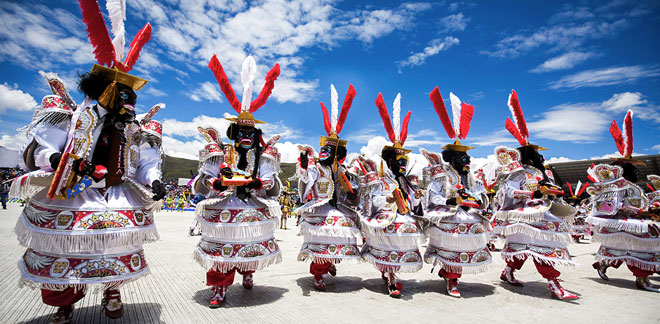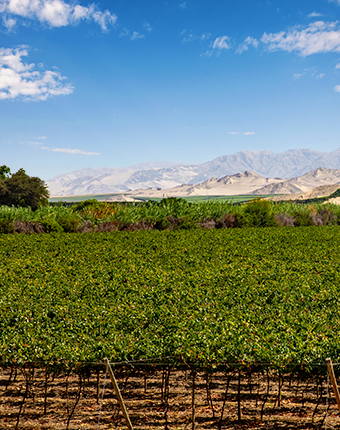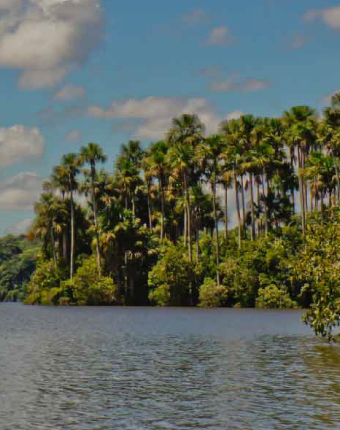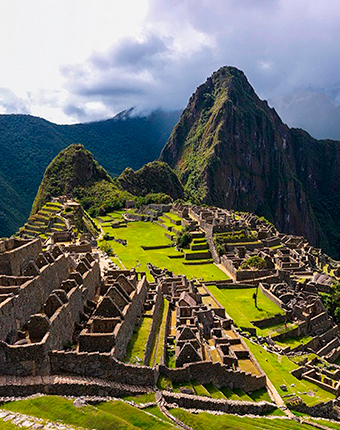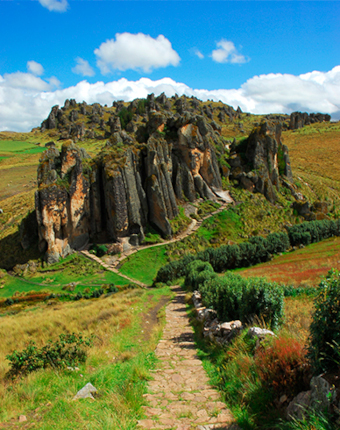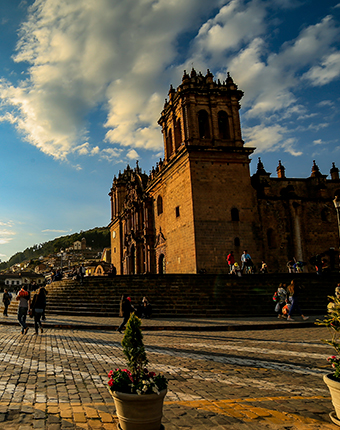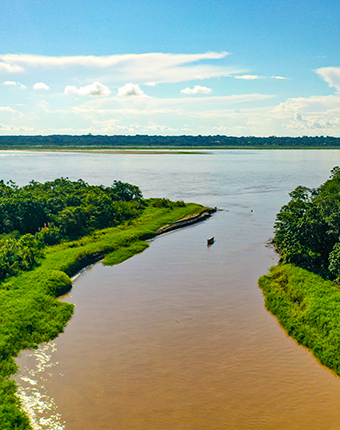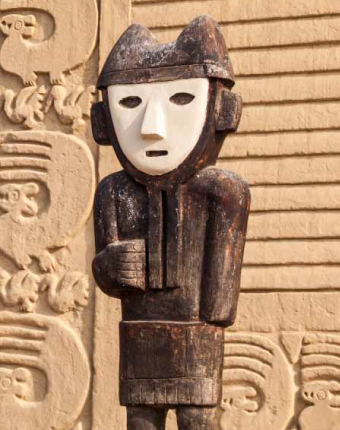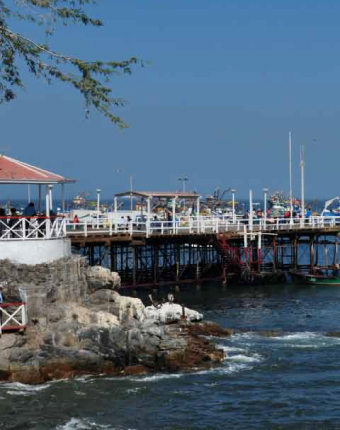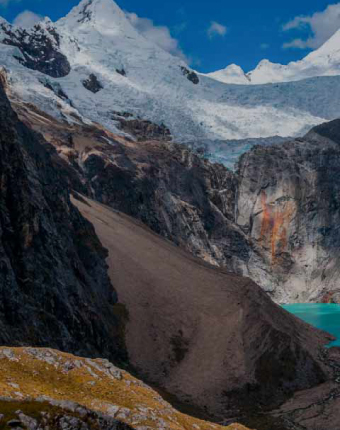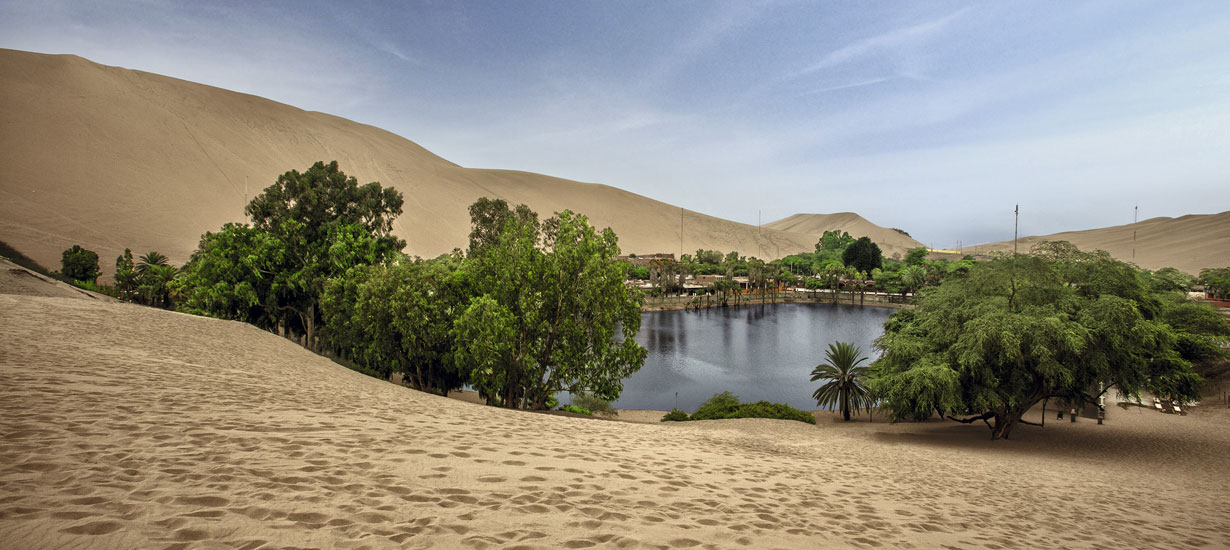
News
The desert and dunes of Ica: Discover the land where every story comes to life
Photography: PROMPERÚ
From alien landscapes to sci-fi adventures, the Ica desert provides stunning backdrops for all kinds of film productions.
Peru is a land of diverse landscapes, and one of its most breathtaking locations is the Ica desert, where towering dunes stretch endlessly across the horizon. This stunning setting is quickly gaining recognition as a prime film destination. Its unique blend of natural beauty, versatility, and captivating atmosphere makes it an ideal backdrop for a wide range of genres.
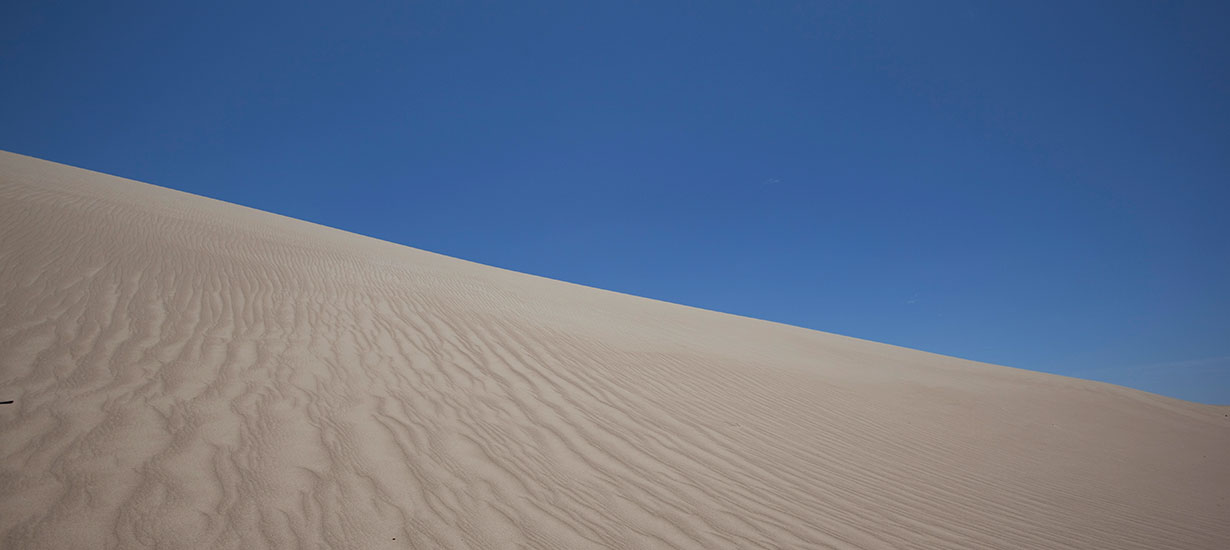 Paracas desert/Source: PROMPERU
Paracas desert/Source: PROMPERU
Unique cinematic landscapes
The Ica desert presents a breathtaking visual spectacle, with its wind-sculpted dunes setting the stage for everything from otherworldly landscapes to grand adventures. Some of its most iconic locations include:
The Huacachina dunes
A perfect spot for action-packed scenes, Huacachina features a stunning oasis surrounded by towering dunes, palm trees, huarango trees, and eucalyptus. This striking contrast of elements not only enhances cinematic storytelling but also serves as an ideal backdrop for post-apocalyptic worlds.
To get to the Huacachina Oasis, you first need to travel to the city of Ica. The trip from Lima takes about four hours by bus or car. Once in Ica, it is just a short 10-minute ride to the oasis.
Moron Lagoon
Located about two hours from the city of Ica, Moron Lagoon is surrounded by striking whitish dunes, shaped by remnants of ancient coral reefs. Its blue-green waters are home to fish like tilapia and carp, while various bird species add to its natural charm, making it a perfect spot for nature enthusiasts. To obtain a filming permit, an application must be submitted at the information desk of the Pisco Provincial Municipality.
Cerro Blanco
Recognized as the tallest dune in the world, Cerro Blanco rises to 2,078 meters above sea level, stretching 6 kilometers in length and 3 kilometers in width. Its steep 700-meter slope offers breathtaking views of the entire Nasca Province. This massive dune is also a top destination for sandboarding, providing an exhilarating blend of adventure and adrenaline.
To reach this breathtaking destination, you can take a local or tourist bus, minivan, or car to the city of Nasca, a journey that takes approximately two and a half hours from Ica. From Nasca, booking a travel agency is necessary to access Cerro Blanco, as it lies 19.4 kilometers from the Interoceanic Highway. The final stretch requires a challenging yet rewarding hike of about one hour and 45 minutes to reach the summit.
If you plan to film at Cerro Blanco, you must first submit a request at the customer service desk of the Nasca Provincial Municipality.
The Paracas desert
With its stunning mix of sand and sea, the Paracas desert spans 110,000 hectares, offering a dramatic contrast between the vast desert and the powerful ocean—perfect for films that seek this unique interplay of elements. To obtain a filming permit, an application must be submitted at the information desk of the Paracas District Municipality.
To get there from Lima, you can take a bus, which will take about 3 hours and 30 minutes, or drive by car, which takes around 3 hours.
For any assistance with obtaining a permit at these locations, feel free to contact the Film in Peru team at [email protected]. We will be happy to guide you through the process and offer personalized support.
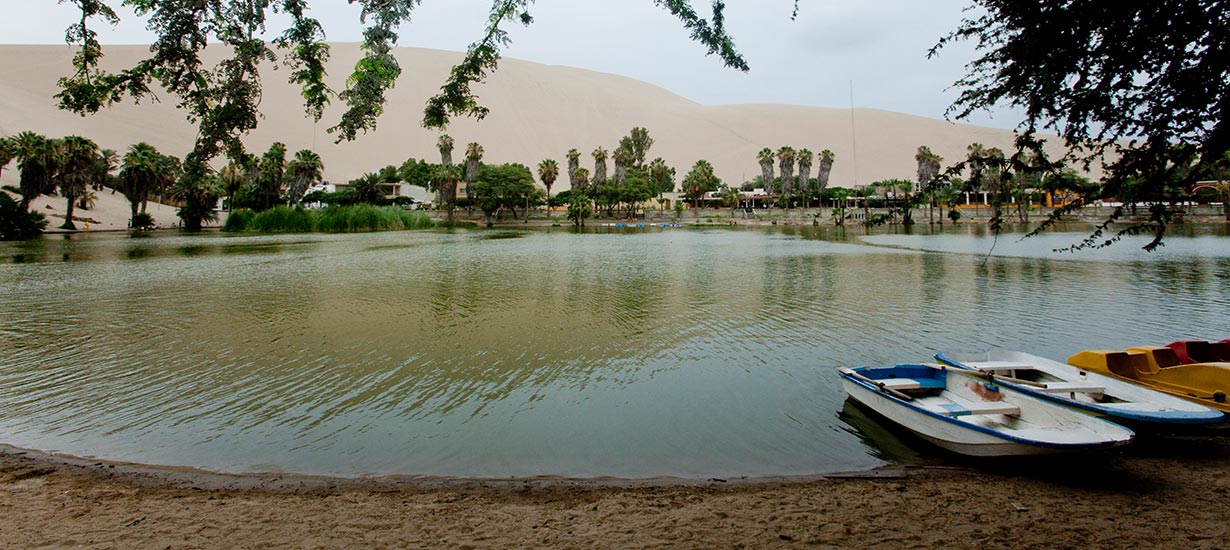 Huacachina/Source: PROMPERÚ
Huacachina/Source: PROMPERÚ
Advantages of filming in the Ica desert
1. Variety of scenery: The Ica desert provides a stunning range of landscapes, all within a single location.
2. Incredible natural light: The clear skies and intense sunlight of the Ica desert create perfect natural lighting, ideal for capturing high-quality cinematic shots.
3. Accessibility: The Ica region offers easy access to dunes in all its provinces—Pisco, Ica, Palpa, and Nasca—with many located near major cities.
4. Competitive costs: Filming in Ica is more budget-friendly compared to deserts in other countries, which makes it an attractive destination for international production companies.
5. Predictable weather: The region's dry climate and low rainfall provide a stable weather pattern, ensuring smooth filming without unexpected weather disruptions.
Overcoming challenges
Filming in a desert comes with its own set of challenges, such as navigating the sand and safeguarding technical equipment from the extreme heat. However, with proper planning, these obstacles can be managed. Production teams often use 4x4 vehicles for easier mobility and employ special structures to protect cameras and other gear from the harsh conditions.
Additionally, Ica boasts a range of local professionals and suppliers who provide essential support services for the film industry, including equipment rentals and specialized technical assistance.
Future potential
The Ica desert has significant potential to become one of Latin America's premier film destinations. As the audiovisual industry continues to grow and streaming platforms increasingly seek out exotic filming locations, Ica is poised to attract even more productions in the future.
The Ica dunes are quickly emerging as a film location with immense potential. With their natural beauty, accessibility, and versatility, they provide an ideal setting for action, science fiction, adventure, and a variety of other genres. As such, the Ica desert has the potential to become a landmark for international cinema, continuing to captivate audiences worldwide with its unique and breathtaking landscape.


